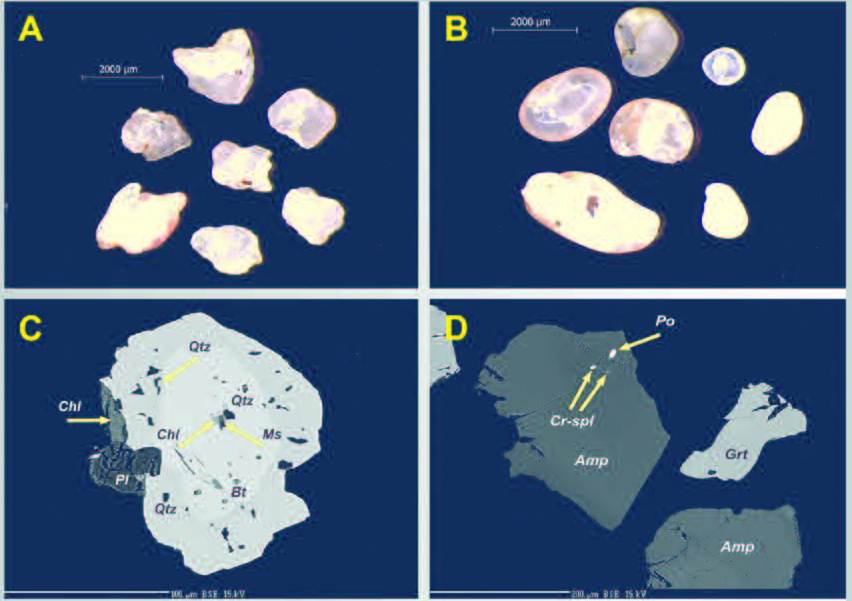Heavy minerals in sediments from the Mošnica Cave: Implications for the pre-Quaternary evolution of the middle-mountain allogenic karst in the Nízke Tatry Mts., Slovakia
DOI:
https://doi.org/10.3986/ac.v43i2.653Abstract
The cave deposits from the Mošnica Cave located on the northern slope of the Nízke Tatry Mts. were analysed by sedimentological, petrographical and mineralogical methods. Based on mineralogical study the cave sediments are composed of dolomite, quartz, muscovite, amphibole, chlorite, calcite, Kfeldspar and plagioclase. Heavy mineral assemblage is formed by garnet, zircon, apatite, monazite, tourmaline, staurolite, rutile, titanite, epidote, sillimanite, allanite, andalusite and barite. Opaque minerals are represented by ilmenite, pyrite, magnetite, Cr-spinel, Fe-oxyhydroxides and chalcopyrite. Detailed research of chemical composition of the heavy minerals points to their source rocks formed by granitoids, amphibolites and amphibolite gneisses representing the crystalline basement and probably by Triassic cover sediments of the Lúžna Formation. Presence of the allochthonous minerals in the cave from metamorphic complex recently occurred on the opposite southern slope of the Nízke Tatry Mts. indicates a past larger catchment area of the allogenic karst of Mošnica Valley on the pre-Quaternary less dissected terrain. A change of watershed boundary leading through the central range of the Nízke Tatry Mts. was probably connected with the tilting of this mountain range towards the north, in the compression regime during the Late Tertiary.
Downloads

Downloads
Published
How to Cite
Issue
Section
License
Authors guarantee that the work is their own original creation and does not infringe any statutory or common-law copyright or any proprietary right of any third party. In case of claims by third parties, authors commit their self to defend the interests of the publisher, and shall cover any potential costs.
More in: Submission chapter




